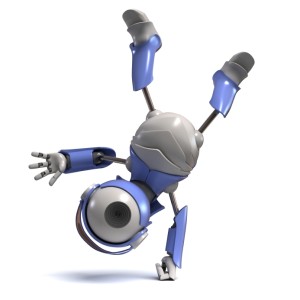 In the long-standing dichotomy of mind and body, movement specialists tend to value the body more than the mind. From an evolutionary perspective, however, the body is standing still. That is, Homo sapiens have changed very little on the biological level for eons. Instead, as Weston LaBarre notes: “The real evolutionary unit now is not man’s mere body; it is ‘all-mankind’s-brains-together-with-all-the-extrabodily-materials-that-come-under-the-manipulation-of-their-hands.” These “extrabodily” inventions are known as “extension systems.”
In the long-standing dichotomy of mind and body, movement specialists tend to value the body more than the mind. From an evolutionary perspective, however, the body is standing still. That is, Homo sapiens have changed very little on the biological level for eons. Instead, as Weston LaBarre notes: “The real evolutionary unit now is not man’s mere body; it is ‘all-mankind’s-brains-together-with-all-the-extrabodily-materials-that-come-under-the-manipulation-of-their-hands.” These “extrabodily” inventions are known as “extension systems.”
Extension systems augment human capabilities of both body and mind and fall into two broad categories: external or material extensions and internal or non-material extensions. Material extensions include the tangible artifacts of human know-how, such as cultivated foodstuff, clothing, shelter, tools, weapons, and art objects.
While these tangible creations are ubiquitous and immense in influence, internal or non-material extensions prove even more dazzling in scope and effect. Non-material inventions extend the human mind and include such things as language, logic, metaphor, myth, social conventions, and political structures. These creations separate man from beast and without these extensions, human life, as we have come to create it, would hardly exist.
The definition of extension systems as inventions separate from our bodies has caused us to overlook movement as one of the primary extension systems of Homo sapiens. As I argue in Beyond Words, “movement was mankind’s first extension.” In the following blog, I discuss this rather surprising assertion further.
